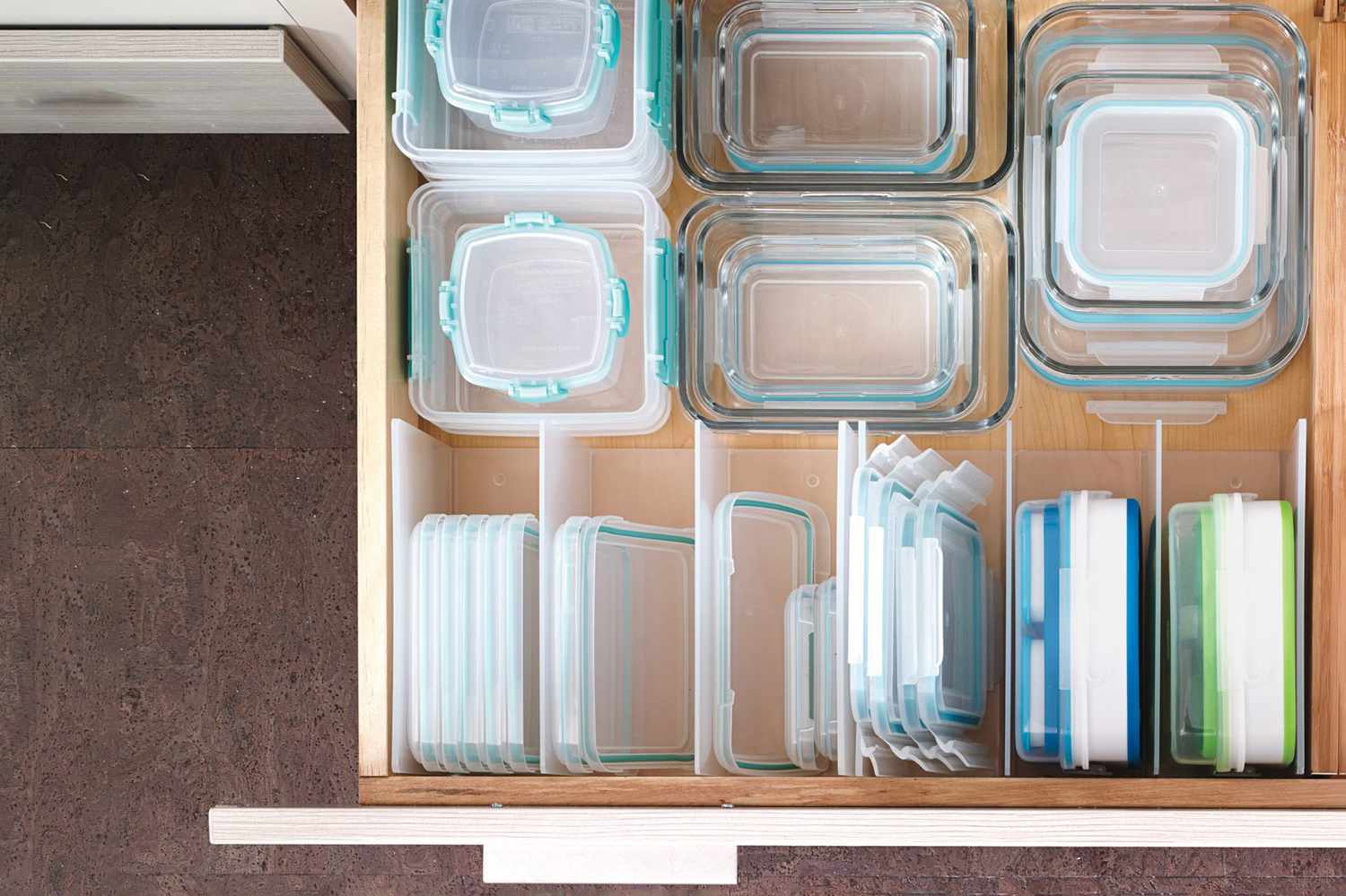

Articles
How To Store Containers
Modified: January 20, 2024
Learn the best ways to store containers with our informative articles. Discover tips and techniques for organizing and keeping your containers in top shape.
(Many of the links in this article redirect to a specific reviewed product. Your purchase of these products through affiliate links helps to generate commission for Storables.com, at no extra cost. Learn more)
Introduction
When it comes to organizing our homes or workspaces, containers play a crucial role in keeping things tidy and clutter-free. Whether you’re storing seasonal decorations, important documents, or everyday items, having the right containers is essential. But storing containers themselves can sometimes be a challenge. In this article, we will explore the best practices for storing containers, ensuring they remain accessible and well-preserved until their next use.
Choosing the right containers is the first step in successful storage. You’ll want to consider the size, material, and durability of the containers to ensure they can withstand the elements and protect your belongings. Plastic containers are an excellent option for general storage, as they are lightweight, durable, and often transparent for easy identification. For more specialized storage needs, such as delicate items or sensitive materials, consider using containers made from materials like glass or metal, which offer extra protection.
Before storing your containers, it is essential to clean and prepare them properly. Remove any dust, dirt, or residue from the containers using a mild cleaning solution and rinse them thoroughly. Be sure to allow the containers to dry completely before storing to prevent the growth of mold or mildew. Taking these extra steps will not only keep your containers in good condition but will also help maintain the quality of the items stored inside.
Sorting and organizing your containers before storage is key to maximizing space and efficiency. Group similar-sized containers together and stack them neatly to save space. Consider investing in storage solutions such as shelving units or plastic bins designed specifically for container organization. These additions can make the most of your storage space and create a visually appealing and organized storage area.
Safety is essential when it comes to storing containers, especially if you are storing them in areas prone to accidents or damage. Avoid placing heavy objects on top of containers and keep them away from heat sources or direct sunlight, as they can compromise the integrity of the containers and potentially damage the items inside. If you’re storing containers in a garage or basement, make sure they are elevated off the floor to protect them from moisture and potential water damage.
Maximizing storage space is a common challenge, but there are several tips and tricks to help you make the most of the area you have. Utilize vertical space by installing hooks, racks, or overhead storage systems to hang containers. Additionally, consider using stackable or collapsible containers to maximize space when not in use. These space-saving solutions can significantly expand your storage capacity while keeping everything easily accessible.
Key Takeaways:
- Choose the right containers based on size, material, and durability to ensure optimal storage. Proper cleaning, sorting, and labeling maximize space and accessibility, creating an organized and clutter-free environment.
- Prioritize safety by avoiding overloading, protecting from heat and moisture, and regularly inspecting containers. Maximize storage space with vertical solutions and strategic placement, ensuring efficient and safe storage in various environments.
Read more: How To Store Royal Icing
Choosing the Right Containers
When it comes to storing containers, selecting the right ones is crucial to ensure that your belongings remain protected and easy to access. Here are some factors to consider when choosing the right containers for your storage needs:
- Size: Consider the size of the items you plan to store and choose containers that can accommodate them. If you have large items, such as blankets or pillows, opt for larger containers to ensure a proper fit. For smaller items, like office supplies or accessories, smaller containers may be more suitable.
- Material: Different materials offer varying levels of durability and protection. Plastic containers are a popular choice for their affordability, lightweight nature, and resistance to moisture. Transparent plastic containers are particularly helpful for easy identification of stored items. However, if you need extra protection for fragile or valuable items, consider containers made of sturdier materials like glass or metal.
- Durability: Look for containers that are durable and can withstand the rigors of storage and transportation. Containers made from high-quality plastics or materials like polypropylene and polyethylene tend to be more resilient and less prone to cracking or breaking. Make sure the containers have strong handles or closures to ensure secure storage.
- Stackability: If you have limited storage space, choose containers that are stackable. These containers can be easily stacked on top of each other, maximizing vertical space and making it easier to access items from different containers. Just ensure that the containers are designed to safely support the weight of the stack to avoid any accidents.
- Portability: Consider whether you need containers that are portable. If you often need to move or transport your stored items, look for containers with built-in wheels or handles for easy maneuverability. This feature can be particularly helpful when moving heavy items or when organizing items in garages or storage units.
- Accessibility: Think about how frequently you’ll need to access the contents of the containers. If you’ll regularly need to retrieve items, opt for containers with removable lids or hinged tops that allow for quick and easy access. Transparent containers can also be advantageous, as they allow you to see the contents without having to open them.
- Specialized containers: Consider specialized containers for specific storage needs. For example, if you’re storing delicate clothing or linens, look for airtight containers that provide protection against moisture, dust, and pests. Likewise, if you’re storing firearms or valuable items, choose containers that offer added security features like lockable latches or reinforced construction.
By carefully considering these factors, you can select the right containers that meet your unique storage requirements. Whether you’re storing items in your home, office, or warehouse, choosing the appropriate containers will ensure that your belongings are well-protected and easily accessible when needed.
Cleaning and Preparing Containers
Before storing your containers, it’s important to clean and prepare them properly. This step ensures that your containers are free from dirt, dust, and any potential contaminants that can affect the items being stored. Here are some guidelines to follow for cleaning and preparing your containers:
- Gather your supplies: Start by gathering the necessary supplies for cleaning, including a mild cleaning solution, water, and a sponge or soft brush. Avoid using harsh chemicals or abrasive materials that can damage the containers.
- Empty and declutter: Before cleaning, empty the containers of any items they may already be storing. Take the opportunity to declutter and assess whether you still need all the items. Consider donating or disposing of any unnecessary items to create more space for storage.
- Remove loose debris: Before applying the cleaning solution, remove any loose debris or particles from the containers. Use a soft brush or cloth to gently brush away dust, dirt, or other materials that may have accumulated.
- Prepare the cleaning solution: Dilute a mild cleaning solution, such as dish soap or a mixture of water and vinegar. Avoid using harsh chemicals that can leave a strong odor or potentially damage the containers.
- Clean the containers: Dip the sponge or soft brush into the cleaning solution and gently scrub the containers both inside and out. Pay attention to corners, crevices, and any stubborn stains or residue. Rinse the containers thoroughly with water and ensure all cleaning solution is removed.
- Dry the containers: Allow the containers to air dry completely before storing. Placing wet containers into storage can lead to the development of mold or mildew, which can damage both the containers and the items inside. If necessary, use a clean cloth or towel to pat dry any remaining moisture.
- Inspect for damage: While cleaning, take the time to inspect the containers for any signs of damage or wear. Look for cracks, weak spots, or broken handles. If any containers are damaged, it’s best to replace them to ensure proper storage and protection of your belongings.
- Consider using liners: Depending on the items you plan to store, you may benefit from using liners inside the containers. Liners can provide an extra layer of protection against moisture, dust, or potential leaks. Consider using plastic bags, bubble wrap, or acid-free tissue paper as liners for delicate or valuable items.
Following these steps will ensure that your containers are clean, dry, and ready to store your belongings without any risk of damage or contamination. Taking the time to properly clean and prepare containers will help maintain their longevity and ensure that your stored items remain in optimal condition until you need them again.
Sorting and Organizing Containers
Once you have chosen the right containers and cleaned them, the next step is to sort and organize them effectively for efficient storage. Proper sorting and organizing not only maximize your storage space but also make it easier to find and access specific items when needed. Here are some tips for sorting and organizing your containers:
- Group similar-sized containers together: Gather containers of similar sizes and group them together. This helps create a uniform look and makes it easier to stack them neatly. Grouping similar-sized containers also ensures efficient use of space by minimizing gaps between items.
- Stack containers carefully: If you are stacking containers on top of each other, make sure to stack them carefully to prevent them from toppling over. Place larger and heavier containers at the bottom and stack lighter ones on top. Be mindful of the weight limits of the containers and don’t exceed them to avoid damaging the containers or the items inside.
- Utilize storage solutions: Invest in storage solutions like shelving units, plastic bins, or cabinets designed specifically for container storage. These solutions help optimize your storage space by providing designated areas for different types of containers. Utilize vertical space by installing shelves or racks to store containers, making the most of every inch of your storage area.
- Label containers: Labeling your containers not only helps you identify their contents quickly but also makes it easier to find specific items. Use adhesive labels, waterproof markers, or label makers to clearly mark the contents on the outside of the containers. Consider using color-coded labels or stickers for easy visual identification.
- Create an inventory list: Keep track of the items you store in each container by creating an inventory list. This list will help you remember what items are stored where, saving you time and effort when you need to locate something. You can create a digital or physical inventory list depending on your preference.
- Leave walking spaces: When organizing containers, make sure to leave enough walking spaces or pathways within your storage area. This allows you to easily access the containers without having to move or rearrange other items. Planning the layout and creating designated paths also helps prevent accidents and keeps your storage area safe.
- Create zones: If you have a large number of containers, consider creating zones based on the category or type of items stored. For example, you can have separate zones for seasonal decorations, household essentials, or sports equipment. This makes it easier to locate specific items and maintain order within your storage space.
- Regularly review and declutter: Periodically review the contents of your containers and declutter items that are no longer needed. This practice helps free up space and ensures you’re only storing items that are relevant and useful. Consider donating, selling, or discarding items that are no longer required.
By following these sorting and organizing tips, you can create a well-structured and efficient storage system for your containers. Not only will this make it easier to find and access your items, but it will also help maintain an organized and clutter-free space.
Storing Containers Safely
When it comes to storing containers, safety is of utmost importance. Proper storage techniques ensure that the containers and their contents remain secure and undamaged. Here are some essential guidelines for storing containers safely:
- Avoid overloading: Be mindful of the weight limits specified by the manufacturer for each container. Overloading containers can lead to structural damage, compromising their durability and stability. Avoid cramming too many items into one container, as it may cause the lid to warp or the container to collapse.
- Keep containers away from heat sources: Excessive heat can warp or melt plastic containers and potentially damage the items inside. It’s important to store containers away from direct sunlight, heating vents, radiators, or any other heat-emitting sources. Opt for a cool and dry area to preserve the integrity of the containers and the items stored within them.
- Protect containers from moisture: Moisture can cause damage to both the containers and the stored items. Ensure that the storage area is free from leaks and potential water sources. If storing containers in a damp environment, consider using moisture-absorbing products like silica gel packets or desiccants to keep the moisture levels low.
- Store containers off the ground: Elevate containers off the ground to prevent damage from potential flooding or moisture. Use pallets or shelving units to lift containers and provide adequate airflow around them. This helps minimize the risk of water damage and the growth of mold or mildew.
- Avoid stacking too high: While stacking containers can save space, it’s important not to stack them too high, especially if the containers are heavy or unstable. Overly tall stacks can become unstable and pose a safety hazard. If stacking containers, ensure that the stack is steady and doesn’t exceed a safe height.
- Secure containers to prevent tipping: If storing containers in an area where there’s a risk of tipping, such as earthquake-prone regions or areas with potential accidents, use additional safety measures. Consider securing the containers with straps, bungee cords, or brackets to prevent them from falling over and causing injury or damage.
- Maintain accessibility: Plan your storage layout with accessibility in mind. Store frequently accessed containers in easily reachable areas while keeping less frequently used ones further away. This way, you can retrieve the necessary items without having to move or rearrange other containers, reducing the risk of accidents.
- Regularly inspect for damage: Periodically inspect your containers for any signs of damage or wear. Check for cracks, weakened handles, or other structural issues that may compromise their integrity. Replace damaged containers immediately to ensure safe storage and protection of your belongings.
- Secure lids and closures: Make sure that the lids or closures of your containers are securely fastened to keep out dust, pests, and moisture. Loose or improperly sealed lids can lead to contamination or damage to the items stored inside. Double-check that the lids are tightly closed before storing the containers.
By following these safety guidelines, you can ensure that your containers are stored in a secure and hazard-free manner. Prioritizing safety not only protects your belongings but also promotes a safe working or living environment.
Store containers with their lids off to prevent moisture and odors from getting trapped inside. This will help keep them clean and ready for use.
Read more: How To Store Artwork
Tips for Maximizing Storage Space
When it comes to storing containers, maximizing the available storage space is crucial. Efficient utilization of space allows you to store more items and keeps your storage area organized. Here are some useful tips for maximizing storage space:
- Utilize vertical space: In a storage area, make use of the vertical space by installing shelves, racks, or wall-mounted storage solutions. By stacking containers vertically, you can significantly increase your storage capacity without taking up additional floor space. Just ensure that the structure can safely support the weight of the containers.
- Invest in storage containers with stackable features: Look for containers specifically designed to be stackable. These containers have interlocking lids or built-in grooves that allow them to safely and sturdily stack on top of each other. Stackable containers not only save space but also make it easier to access items stored in lower containers by utilizing vertical stacking.
- Consider collapsible containers: If you are tight on storage space when the containers are not in use, consider using collapsible containers. These containers can be folded or collapsed when empty, minimizing the storage space they occupy. They are particularly useful for infrequently used items or seasonal storage needs.
- Choose uniform-sized containers: Opt for containers that are uniform in size and shape. This ensures that they fit together neatly, allowing you to stack and store them more efficiently. Uniform-sized containers also create a visually pleasing and organized storage area.
- Use storage organizers and dividers: Maximize space within containers by using storage organizers, dividers, or compartmentalized inserts. These accessories help separate and categorize smaller items within a single container, making it easier to locate specific items without rummaging through everything. Utilizing every inch of space inside the containers keeps them well-organized and minimizes wasted space.
- Utilize under-utilized spaces: Look for under-utilized spaces in your storage area that can be converted into storage opportunities. This can include utilizing the space under a staircase, in the corners, or behind doors. Install shelves, hooks, or utilize freestanding storage units in these spaces to maximize storage potential.
- Be strategic with container placement: When placing containers, think about the frequency of use for the stored items. Keep frequently accessed containers more accessible and within reach. Place them towards the front of your storage area while keeping less frequently used containers towards the back. This arrangement ensures that you have easy access to the things you need most often without having to rummage through everything.
- Utilize unused ceiling space: If you have high ceilings in your storage area, consider using overhead storage solutions. Install sturdy hooks or hanging racks to suspend containers or hang items from the ceiling. This provides additional storage space while keeping the floor area free for other storage needs.
- Utilize the space under furniture: Make use of the space under furniture like beds, sofas, or tables for container storage. Opt for containers with low profiles that can easily slide underneath. This effectively utilizes otherwise wasted space and keeps your storage area more organized.
- Regularly declutter and optimize: Periodically evaluate your storage area and declutter any items that you no longer need or use. This helps free up valuable space and prevents unnecessary clutter. Additionally, periodically reorganize your containers to optimize the storage layout and make any necessary adjustments to accommodate changing storage needs.
By implementing these tips, you can maximize the available storage space and create an efficient and organized storage area. Making the most of your storage space ensures that you have enough room to store your belongings while keeping everything easily accessible and well-structured.
Labeling and Identifying Containers
Labeling and identifying containers is a crucial step in maintaining an organized storage system. Properly labeled containers make it easier to locate specific items and save you time and effort in the long run. Here are some tips for effective labeling and identification of containers:
- Use clear and legible labels: When labeling containers, make sure to use clear and easy-to-read labels. Use permanent markers, waterproof labels, or label makers to create durable and legible labels. Avoid using adhesive labels that may peel off over time or become unreadable.
- Include relevant information: Label your containers with relevant information to quickly identify their contents. Include details such as item descriptions, categories, or keywords that will help you locate items easily. For example, if you’re storing holiday decorations, label them with the specific holiday or the contents inside, such as “Christmas Lights” or “Halloween Costumes.”
- Consider color-coding: Color-coding containers can be an effective way to visually organize your storage area. Assign a specific color to different categories or types of items. For instance, use blue labels for household items, red labels for seasonal decorations, and green labels for office supplies. Color-coding allows for quick visual identification of the containers and their contents.
- Use numbered or alphabetical systems: If you have a large number of containers, consider numbering or using alphabetical systems to categorize and identify them. Assign numbers or letters to the containers and create a corresponding inventory list or database. This makes it easy to find specific containers by referring to the assigned numbers or letters.
- Include a contents list: For larger containers or those with multiple smaller compartments, include a contents list either on the label or inside the container. This list provides a quick overview of what is stored in each section or can help track and manage smaller items within the container.
- Implement a barcode system: For more extensive storage systems, consider implementing a barcode system. Assign a unique barcode to each container and create a barcode inventory system. This allows for automated tracking and management of containers, especially in large-scale storage facilities or warehouses.
- Regularly update labels: As the contents of your containers change over time, it’s important to update the labels accordingly. Remove or replace labels that are no longer accurate or relevant. Periodically review your labels to ensure they reflect the current contents of the containers.
- Make labeling visible: Position the labels in a visible and easily accessible location on the containers. Place them on the front or top of the containers, ensuring they are not obstructed by other containers. This allows for quick identification without having to move or rearrange other containers.
- Consider label protectors: To ensure the longevity of your labels, consider using label protectors or transparent tape to cover and shield them from wear and tear. This extra layer of protection helps prevent smudging, fading, or accidental removal of the labels.
- Train others on the labeling system: If you’re sharing a storage space with others, ensure that everyone is familiar with the labeling system. Provide instructions and guidelines on how to label containers consistently. This ensures that everyone can locate and identify containers accurately, maintaining the organization and efficiency of the storage area.
By following these tips, you can establish an effective labeling and identification system for your containers. These practices make it easier to locate specific items, cut down on the time spent searching for things, and maintain an organized storage area.
Storing Containers in Different Environments
Storing containers in different environments requires careful consideration to ensure the safety and longevity of both the containers and the items inside. Here are some guidelines for storing containers in various environments:
- Indoor storage: For storing containers in indoor environments, such as closets or basements, choose a space that is cool, dry, and well-ventilated. Avoid areas prone to high humidity or extreme temperature fluctuations. Keep containers away from direct sunlight, as prolonged exposure can cause them to degrade or discolor over time. Additionally, use shelves or racks to elevate containers off the floor, protecting them from potential water damage.
- Outdoor storage: When storing containers outdoors, such as in sheds or garages, it’s important to protect them from the elements. Choose containers made from durable materials like plastic or metal that can withstand exposure to sunlight, rain, and temperature fluctuations. Ensure that the containers have tightly sealed lids to prevent water from seeping in. Consider using tarps or covers to provide an extra layer of protection from rain or snow.
- Attic storage: Attics can be susceptible to extreme temperature changes and high levels of heat and humidity. Before storing containers in the attic, consider the type of items being stored. Delicate or heat-sensitive items may not be suitable for attic storage. If you choose to store containers in the attic, make sure they are tightly sealed and protected from moisture. Place them away from areas prone to water leaks or insulation that may cause condensation.
- Garage storage: Garages can be challenging environments for container storage due to fluctuating temperatures and potential exposure to moisture. When storing containers in the garage, elevate them off the floor using pallets or shelving units to protect them from potential water damage. Consider using plastic containers that are resistant to moisture and temperature changes. Avoid storing containers near chemicals or flammable materials to reduce the risk of accidents.
- Storage unit storage: When using storage units, choose a reputable facility with climate-controlled units. Climate-controlled units help maintain a stable temperature and humidity level, protecting containers from extreme conditions. When packing containers for storage units, ensure they are tightly sealed and properly labeled for easy identification. Place the most frequently needed items towards the front of the unit for convenient access.
- Basement storage: Basements can be prone to high humidity levels and potential water leaks. Before storing containers in the basement, inspect the area for signs of moisture or dampness. If moisture is a concern, use dehumidifiers to reduce humidity levels. Elevate containers off the floor using pallets or shelves to protect them from potential water damage. Consider using moisture-absorbing products like silica gel packets to keep the moisture levels low.
- Seasonal storage: When storing containers for specific seasons, such as holiday decorations or seasonal clothing, consider using airtight containers. Airtight containers provide an added layer of protection against moisture, dust, and pests. Label the containers clearly with the specific season or holiday, making it easier to locate them when needed. Store seasonal containers in a designated area separate from everyday items to keep the storage space organized.
- Humid or tropical environments: In humid or tropical environments, moisture control is critical to prevent damage to both containers and their contents. Opt for containers made from materials that are resistant to moisture, such as plastic or metal. Use moisture-absorbing products like desiccant packs or silica gel to keep the humidity levels low inside the containers. Additionally, ensure the storage location has proper ventilation to prevent the growth of mold or mildew.
By following these guidelines, you can store containers in different environments while maintaining their integrity and protecting the items inside. Understanding the specific challenges and requirements of each environment allows you to make informed decisions regarding container selection and storage practices.
When to Replace Containers
Containers play a vital role in storing and protecting our belongings. However, over time, containers may wear out, become damaged, or no longer meet our storage needs. It’s important to recognize when it’s time to replace containers to ensure the continued safety and functionality of your storage system. Here are some signs to look out for:
- Cracks or breakages: Inspect your containers regularly for any visible cracks, breaks, or signs of damage. Cracks can compromise the structural integrity of the container, making it less effective at protecting your items. If you notice any cracks or breakages, it’s time to replace the container to avoid further damage and potential loss of stored items.
- Weak or worn-out handles: Handles on containers are crucial for easy transportation and lifting. If the handles on your containers become weak, loose, or show signs of wear and tear, it can pose a safety risk. Replace containers with faulty handles to prevent accidents or injuries and ensure safe handling of your belongings.
- Discoloration or fading: Over time, containers made from certain materials, like plastic, may start to discolor or fade, especially when exposed to sunlight or harsh chemicals. Discoloration can indicate material degradation and reduced durability. If your containers have significant discoloration or fading, it’s a good idea to replace them to maintain the quality and effectiveness of your storage system.
- Difficulty in opening or closing: Containers with lids that are difficult to open or close may no longer provide a secure seal. A proper seal is essential to protect the contents from moisture, pests, and dust. If you find it challenging to open or close your containers, it’s time to replace them to ensure the items inside remain properly protected.
- Irreparable cleaning issues: Despite regular cleaning and maintenance, some containers may develop stubborn stains, odors, or residue that cannot be removed. Lingering smells or stains can transfer to the items stored inside, compromising their quality. If you have containers with irreparable cleaning issues, it’s best to replace them to ensure a clean and odor-free storage environment.
- Size or capacity no longer suitable: As our storage needs change, the size or capacity of our containers may no longer be sufficient. If you find that your current containers are consistently overflowing or are no longer accommodating your storage needs, it’s time to replace them with larger or more appropriately sized containers. This ensures efficient use of space and prevents overcrowding and disorganization.
- Obsolete design or functionality: Over time, container designs and functionalities may evolve, offering improved features and benefits. If your current containers lack practical features that are now available, such as stackability, compartmentalization, or enhanced durability, it might be advantageous to replace them with modern containers that better meet your storage requirements.
- Outdated or damaged labels: Labels on containers play a vital role in identifying and locating specific items. If labels become damaged, faded, or are no longer accurate, it can cause confusion and make it difficult to find stored items. Regularly update or replace labels to maintain an organized storage system.
Replacing containers at the appropriate time ensures the continued functionality and effectiveness of your storage system. By being mindful of these signs, you can proactively replace containers when necessary, protecting your stored items and maintaining an organized and efficient storage area.
Read more: How To Store Kids Artwork
Conclusion
Efficiently storing containers is essential for maintaining an organized and clutter-free living or working environment. With the right strategies, you can keep your belongings safe, easily accessible, and well-preserved until their next use. From choosing the right containers and properly cleaning them to sorting, organizing, and labeling, each step plays a crucial role in optimizing your storage methods.
When selecting containers, consider factors such as size, material, durability, and stackability to ensure they meet your specific needs. Cleaning and preparing containers before storage helps maintain their quality and prevents contamination. Sorting and organizing containers not only maximize your storage space but also make it easier to locate and access items. Labelling and identifying containers through clear labels, color coding, or numeric systems assist in quick and accurate identification.
To store containers safely, avoid overloading them and keep them away from heat sources or direct sunlight. Elevate containers off the ground to protect them from moisture and potential damage. Maximize your available storage space by utilizing vertical space, investing in stackable or collapsible containers, and exploring underutilized spaces. Regularly declutter, optimize, and update your storage system to accommodate changing needs.
When it comes to storing containers in different environments, consider the specific requirements of each space. Indoor storage requires a cool, dry, and well-ventilated area, while outdoor storage calls for durable containers and additional protection from the elements. Basements, attics, and garages all have their unique challenges that need to be addressed for proper storage. Adapting to specific environments ensures the longevity and integrity of your containers and the items stored inside.
Knowing when to replace containers is crucial for maintaining an effective storage system. Signs such as cracks, weak handles, discoloration, or difficulty in opening and closing indicate that it’s time for replacement. Obsolete designs, irreparable cleaning issues, size limitations, or outdated labels are also indications that new containers are needed to keep your storage organized, functional, and safe.
In conclusion, efficient storage of containers is a key element in maintaining an organized space. By following the tips and guidelines provided in this article, you can optimize your storage methods, keep your belongings secure, and ensure easy access to items when needed. By taking the time to choose the right containers, clean and prepare them properly, sort and organize them effectively, and label and identify them accurately, you can create a well-structured storage system that meets your needs and promotes an organized and clutter-free environment.
Frequently Asked Questions about How To Store Containers
Was this page helpful?
At Storables.com, we guarantee accurate and reliable information. Our content, validated by Expert Board Contributors, is crafted following stringent Editorial Policies. We're committed to providing you with well-researched, expert-backed insights for all your informational needs.

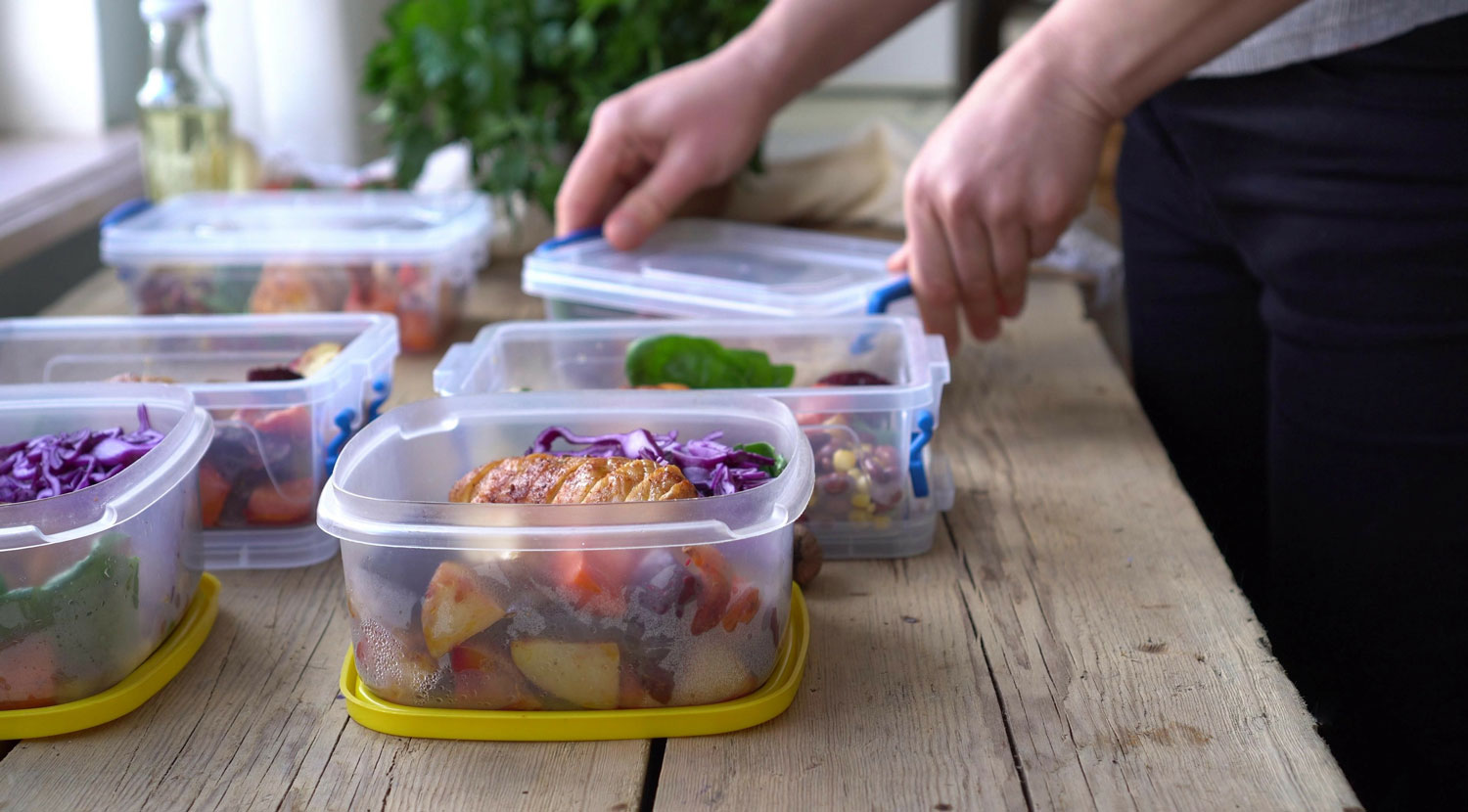

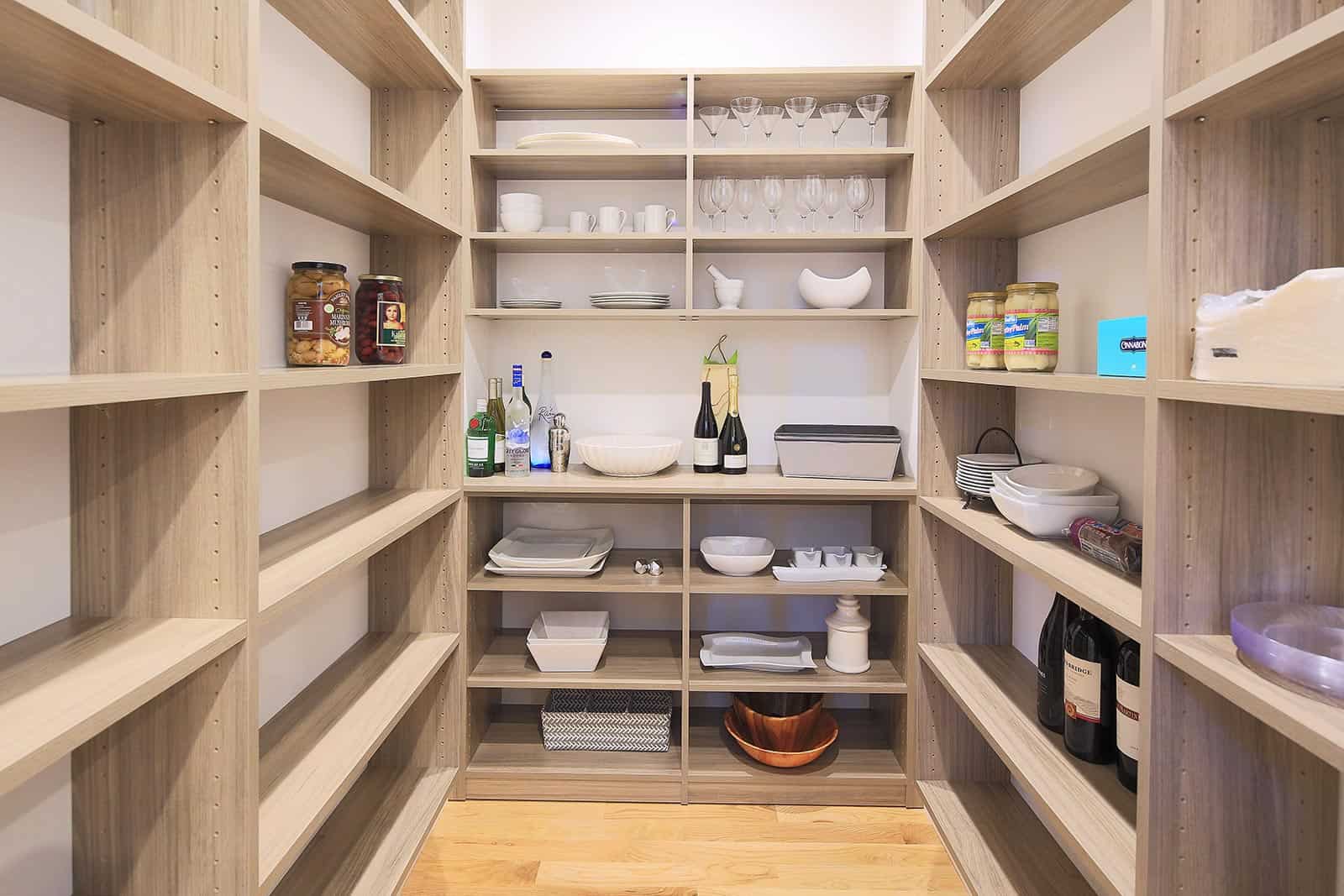

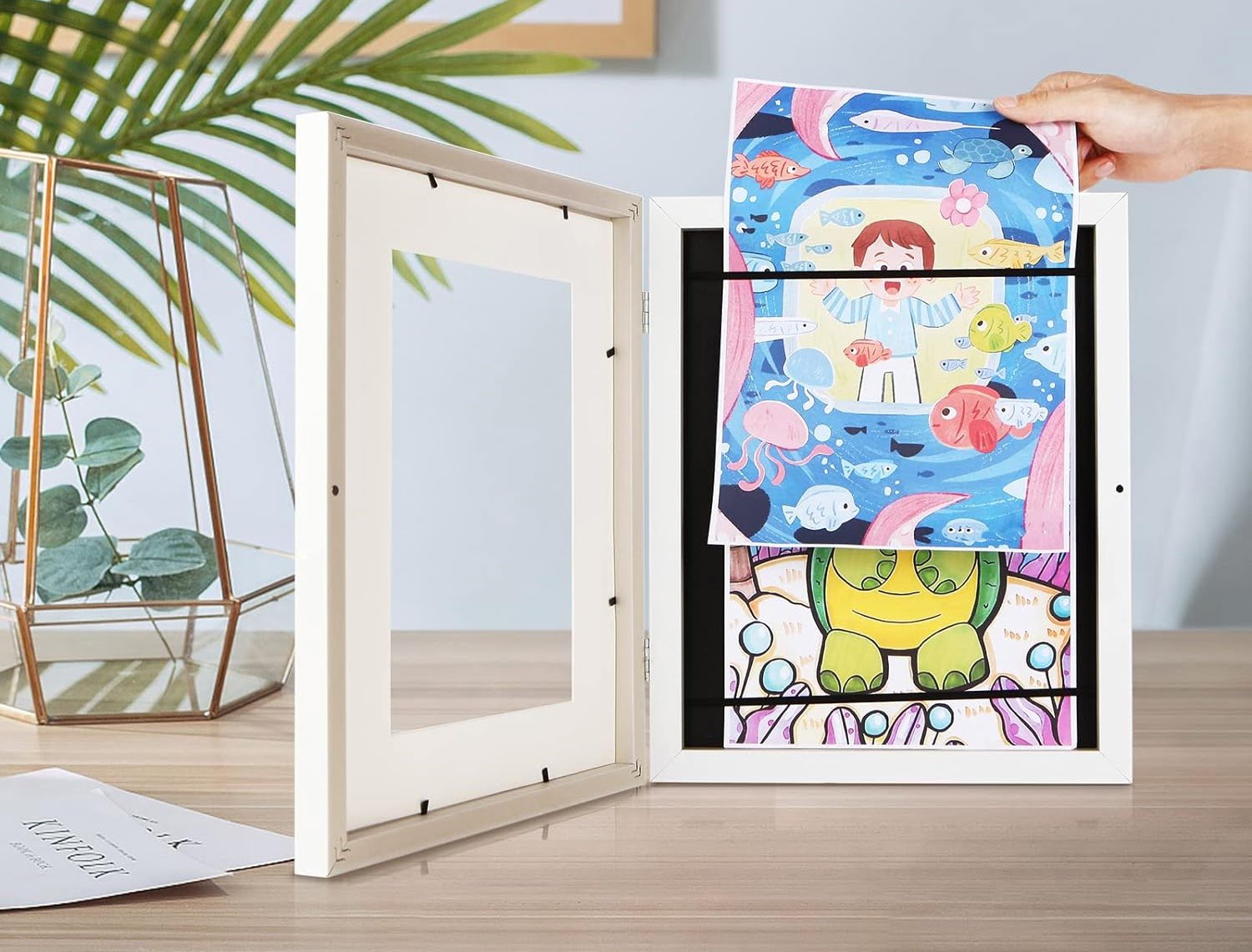
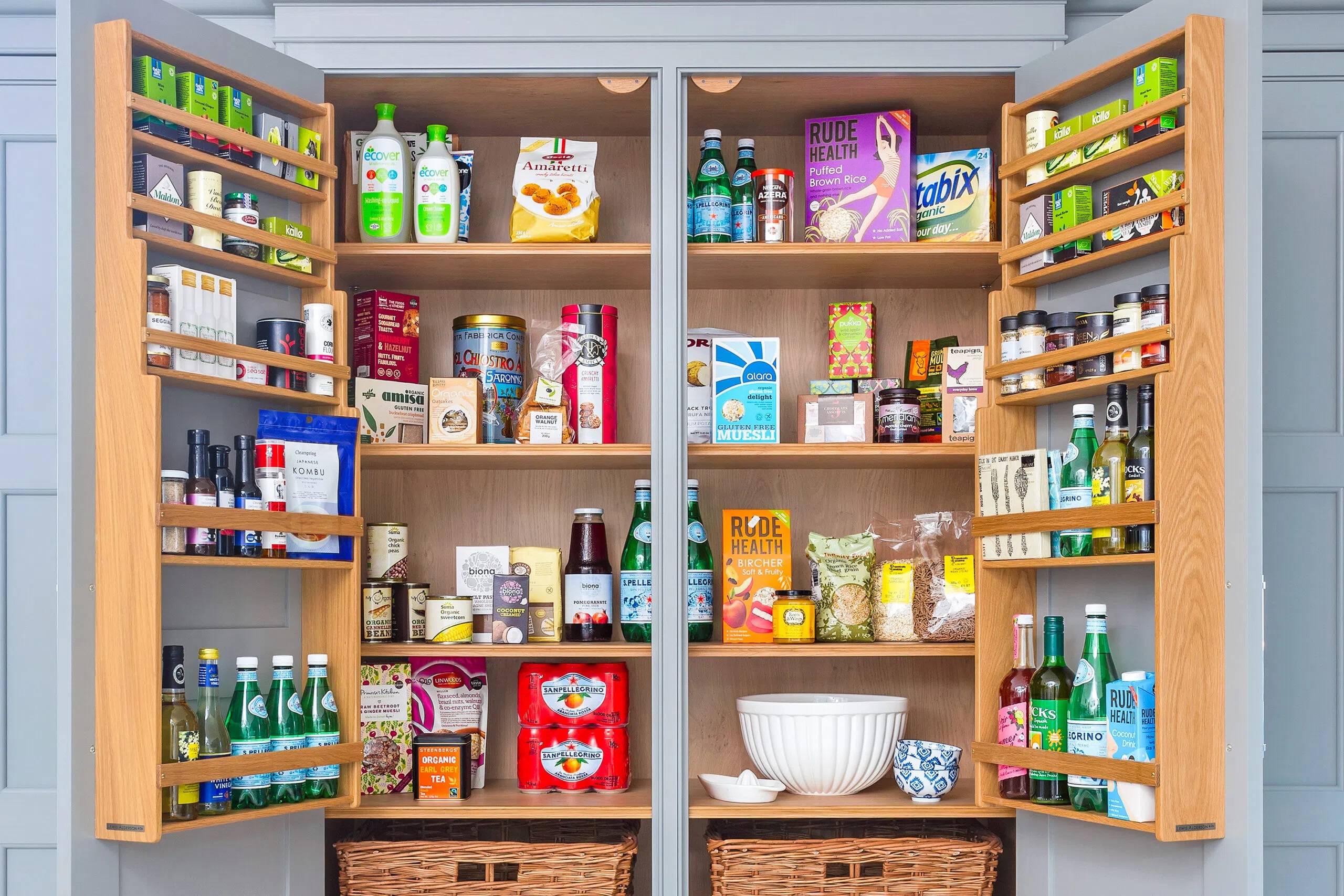
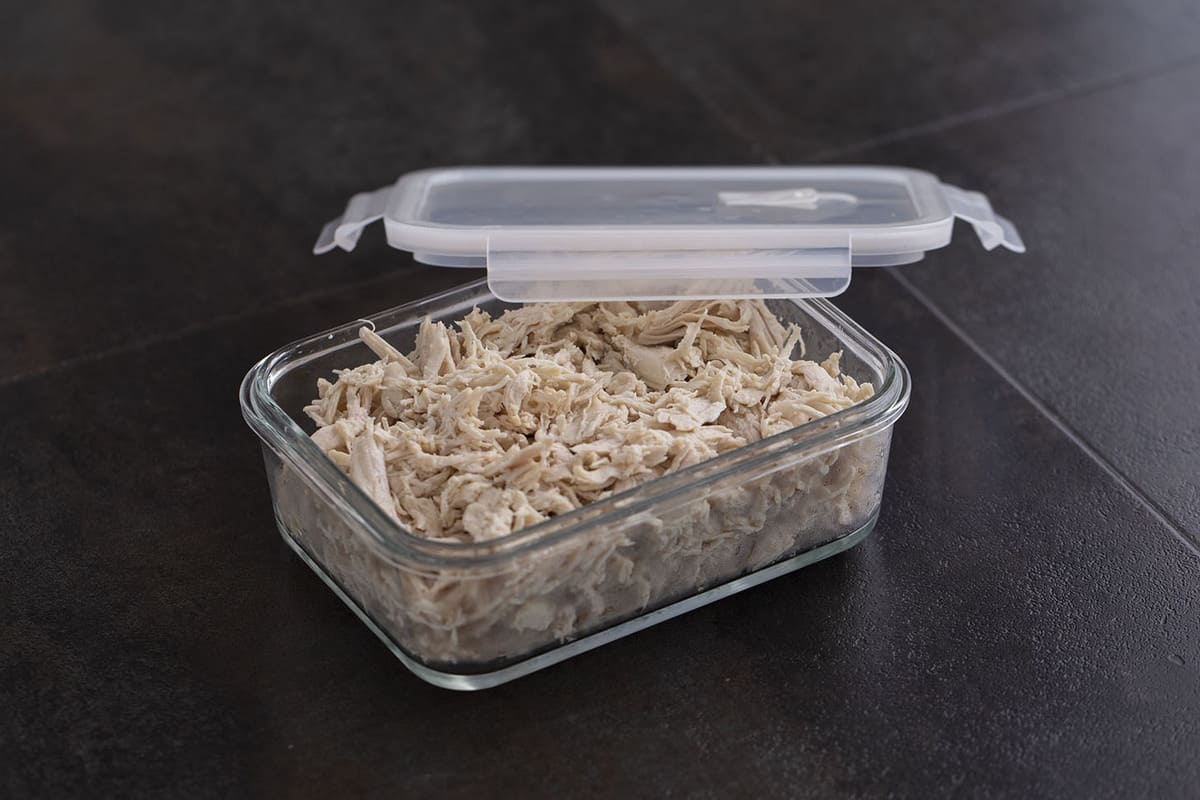
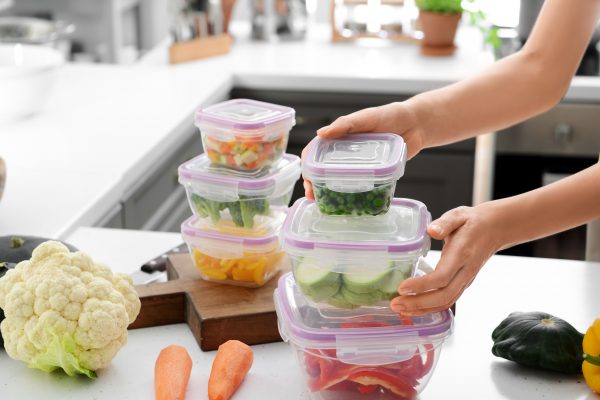
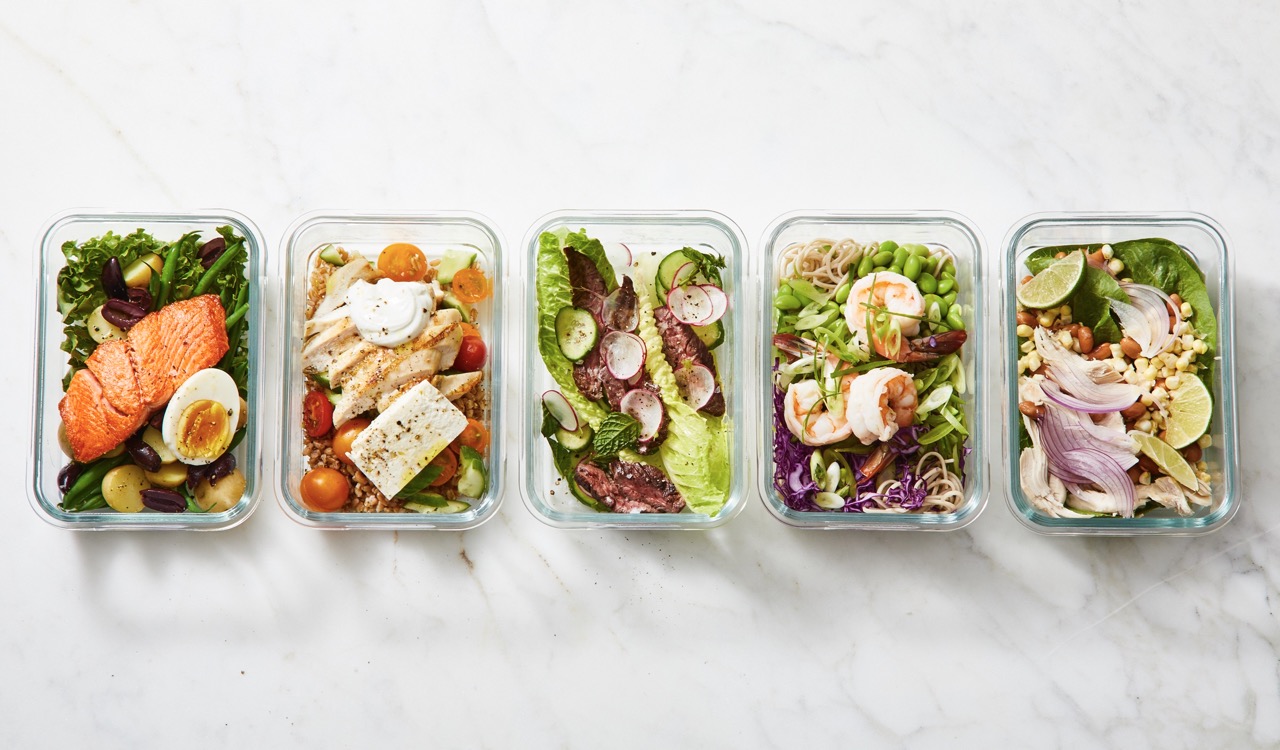
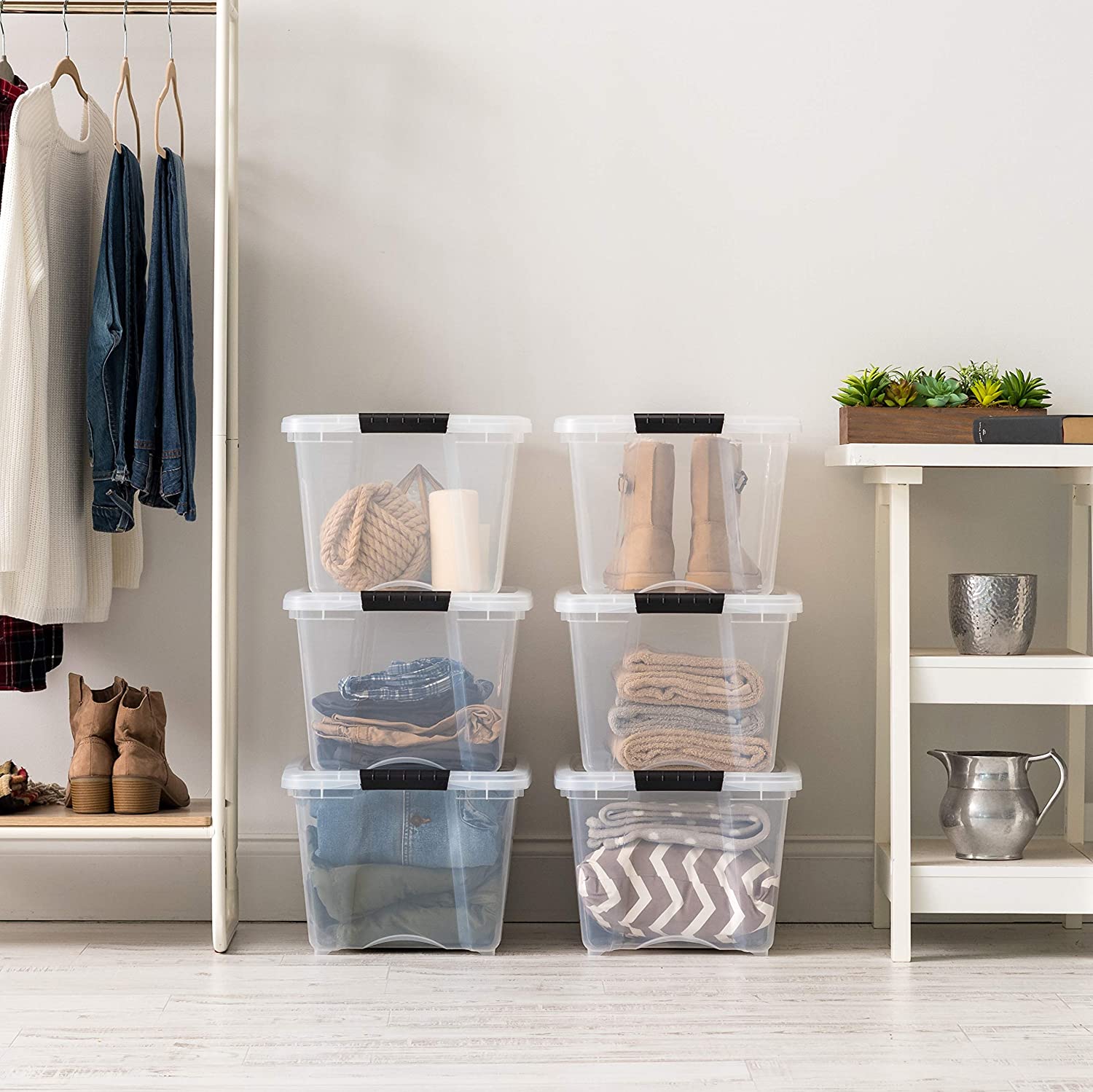
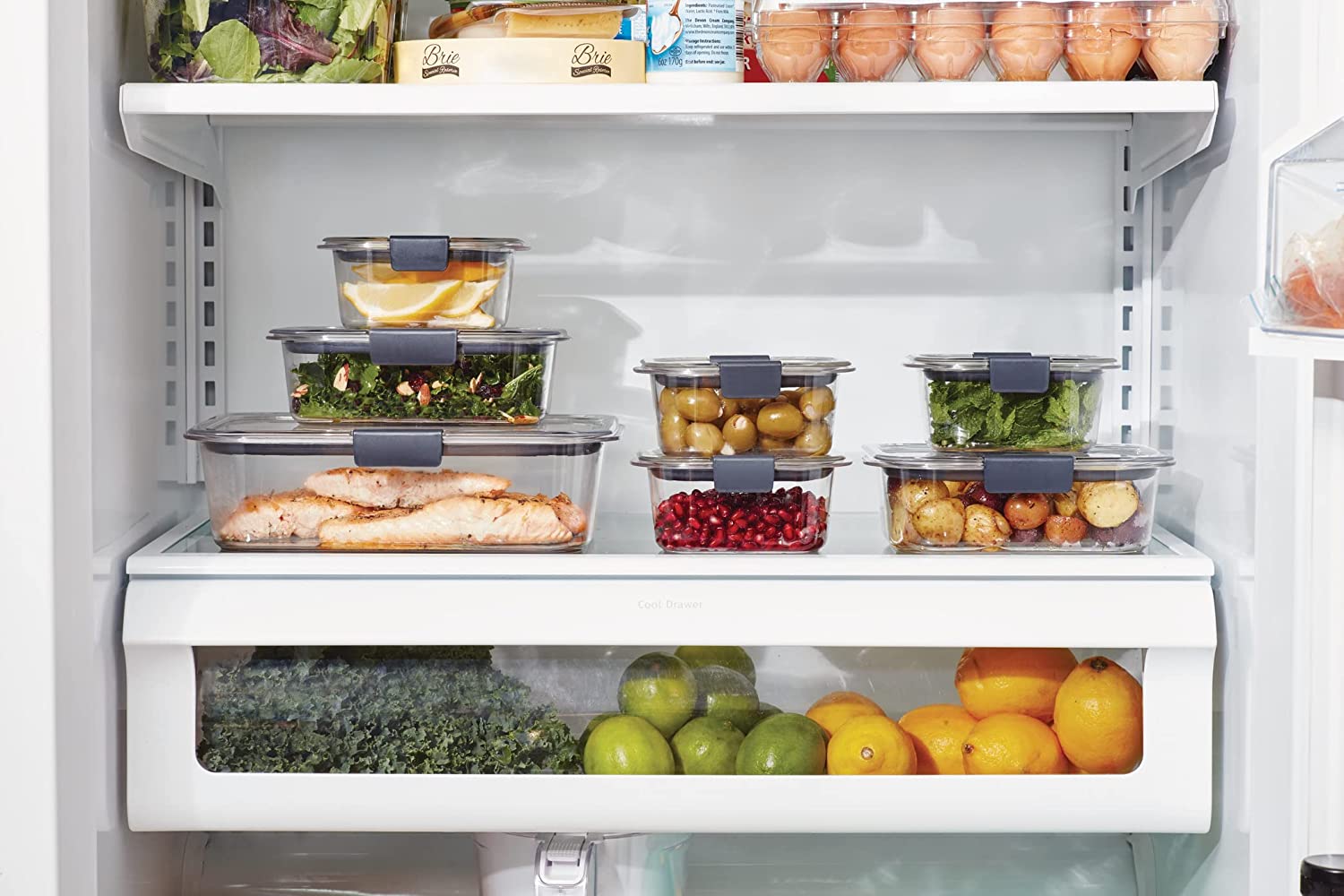
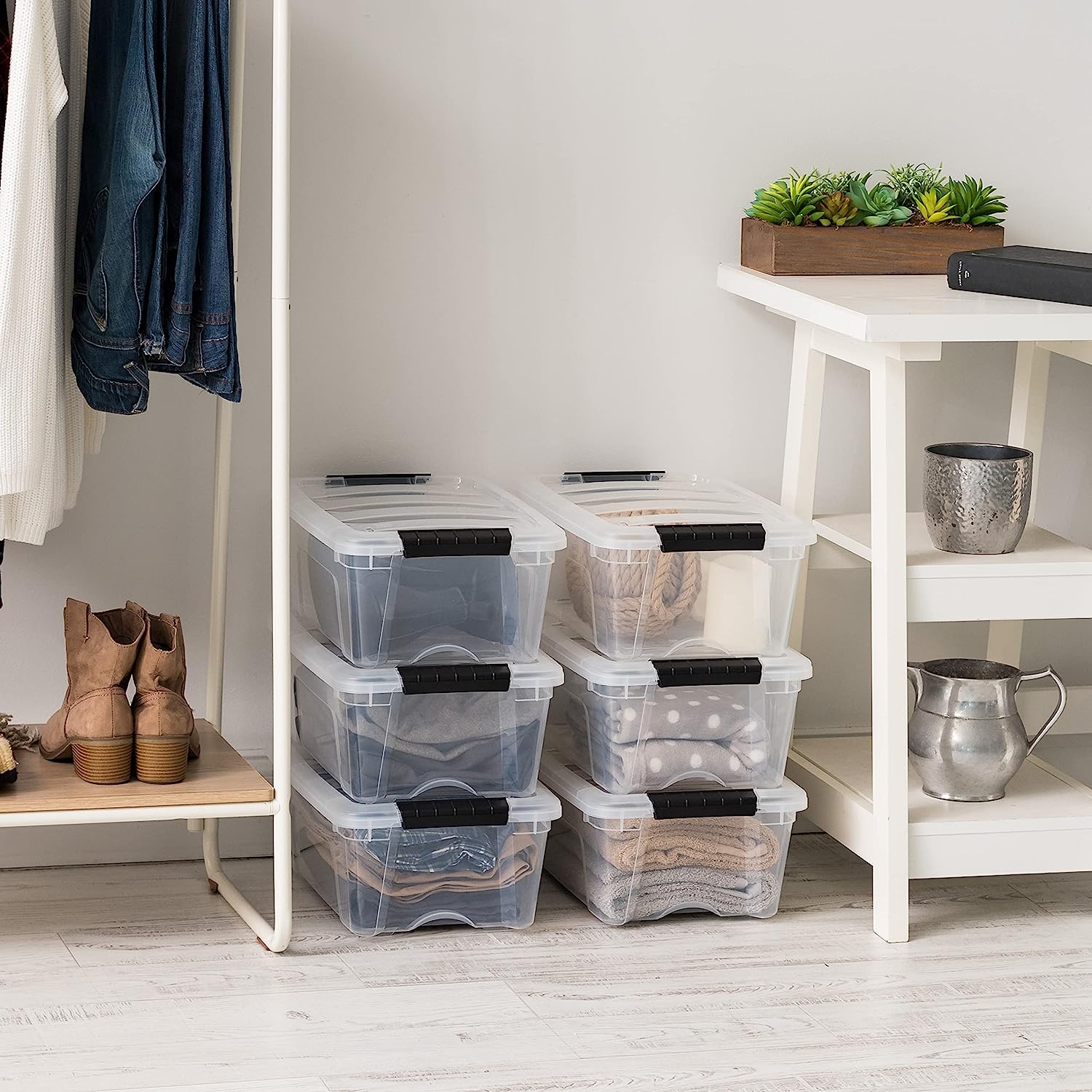

0 thoughts on “How To Store Containers”